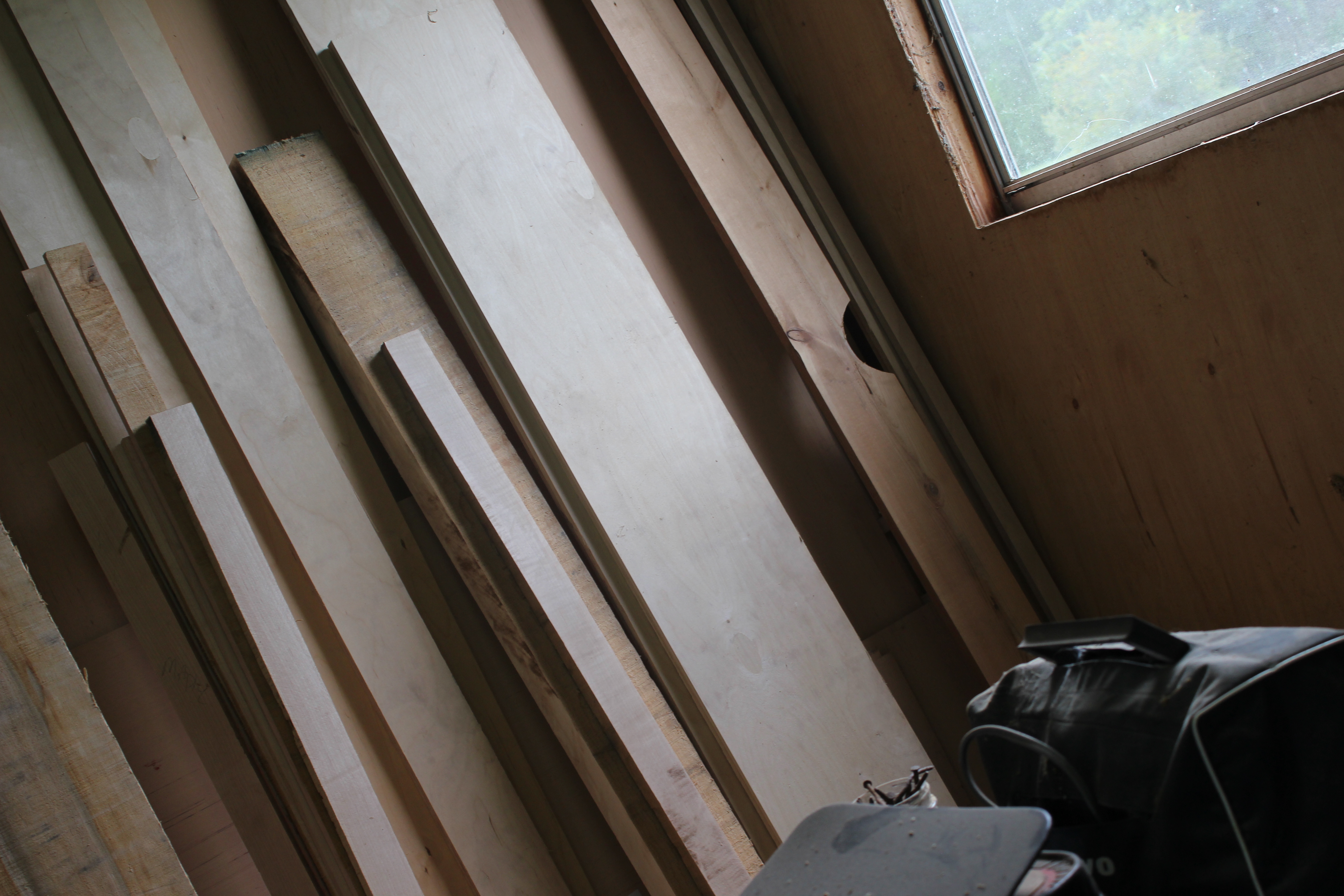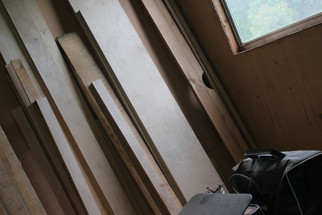Posted by Steve Head on 3rd Apr 2023
How I Choose The Right Drum Tonewood For My Drums
Drum building is an art that requires precision, knowledge, and experience. The selection of the right wood is crucial in building drums like my snare cajon drum, as it can have a significant impact on the sound quality, durability, and overall performance of the instrument. There are several hardwoods commonly used in drum building, each with its unique characteristics and benefits. In this article, we will compare and contrast some of the most popular hardwoods used in drum building, including maple, birch, mahogany, and oak.

Maple is one of the most popular hardwoods used in drum building, and for a good reason. It is a strong, durable wood that provides excellent sound quality and is easy to work with. Maple is known for its bright, clear sound, with an even balance of high, mid, and low frequencies. It is also known for its warm tone and impressive projection, making it a popular choice for drummers who want a full, powerful sound.
Birch is another popular hardwood used in drum building. It is known for its bright, punchy sound, with a strong attack and quick decay. Birch is also known for its excellent projection, making it a popular choice for drummers who play in large venues or outdoor performances. It is also a versatile wood that can be used in a wide range of drum styles, from jazz and blues to rock and metal.
Mahogany is a dense, heavy hardwood that is known for its warm, dark sound. It provides a rich, full-bodied tone, with a strong low-end and smooth midrange. Mahogany is also known for its excellent sustain, making it a popular choice for drummers who want a deep, resonant sound. While it may not have the same level of projection as some other hardwoods, mahogany is still a popular choice for studio recording and intimate performances.
Oak is a dense, heavy hardwood that is known for its powerful, aggressive sound. It provides a strong attack, with a bright, focused tone and excellent projection. Oak is also known for its durability, making it a popular choice for drummers who want an instrument that can withstand heavy playing and touring. While oak may not have the same warm, rich sound as some other hardwoods, it is still a popular choice for rock and metal drummers who want a powerful, assertive sound.
Each hardwood has its unique characteristics and benefits, making them suitable for different drumming styles and preferences. Maple, birch, mahogany, and oak are just a few examples of the hardwoods used in drum building, but there are several other woods available as well, including cherry, walnut, and ash.
When selecting a hardwood for drum building, there are several factors to consider. Sound quality is, of course, the most important consideration, but other factors like weight, durability, and cost are also important. Some hardwoods may be more expensive than others, and some may require more maintenance to keep them in good condition. It's essential to research each hardwood's characteristics and talk to other drum builders and drummers to get their recommendations and opinions.
In addition to the hardwood, the construction of the drum is also crucial in determining its sound quality and overall performance. Different drum construction methods, such as the number of plies or the type of bearing edge, can significantly impact the sound of the drum. It's essential to work with a knowledgeable and experienced drum builder who can help you select the right hardwood and construction methods to create the perfect instrument for your needs.
In conclusion, selecting the right hardwood for drum building is essential in creating an instrument that sounds great and performs well. Maple, birch, mahogany, and oak are just a few examples of the hardwoods used in drum building, each with its unique characteristics and benefits.
Check out my blog post What Are The Characteristics of a Poplar Cajon


